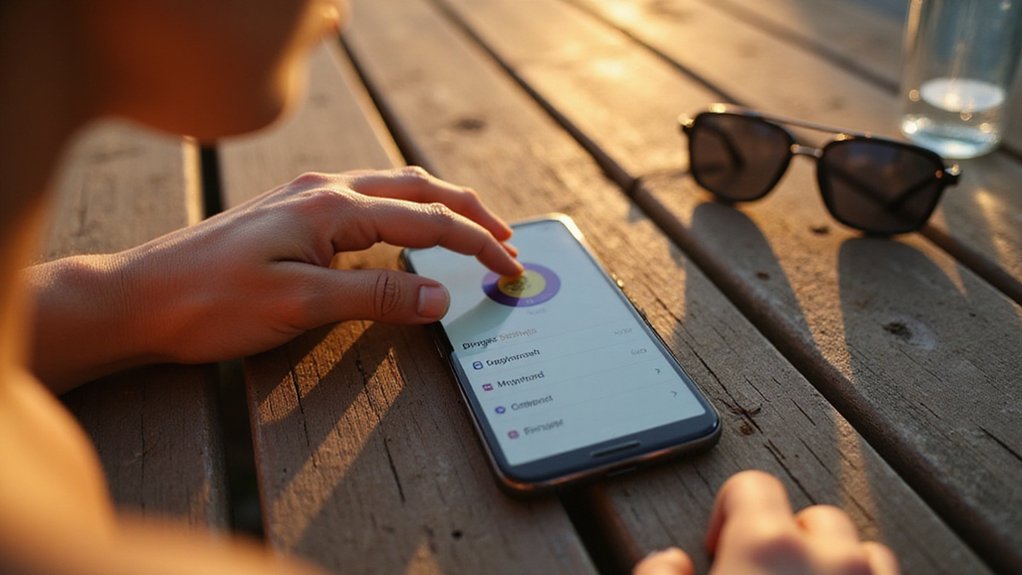While Jack Dorsey’s latest venture into health tech might seem like a natural evolution from his social media empire, the Twitter co-founder’s new Sun Day app presents a curious paradox: a privacy-conscious tool that requires location tracking to function effectively.
The app’s fundamental premise—estimating safe sun exposure time and vitamin D synthesis using UV index data—necessitates accessing users’ geographic coordinates to retrieve real-time environmental conditions. Yet unlike the algorithmic surveillance apparatus that characterized his previous platform, Sun Day employs a stimulatingly analog approach: manual toggle buttons that users must physically activate to begin tracking outdoor sessions.
Sun Day’s manual toggle approach transforms location tracking from algorithmic surveillance into deliberate user-controlled sun exposure monitoring.
This design choice effectively eliminates the specter of covert background monitoring that typically haunts location-enabled applications. The app cannot surreptitiously log your beach volleyball sessions or clandestine rooftop tanning adventures because it fundamentally lacks automatic light detection capabilities. Users retain complete control over when—and whether—their sun exposure gets recorded.
The technical architecture reinforces this privacy-first philosophy. Developed using Goose (Dorsey’s AI-assisted open-source coding tool), the app’s source code remains publicly accessible on GitHub, allowing security researchers and privacy advocates to scrutinize its data handling practices. This transparency stands in stark contrast to the opaque algorithms that govern most health-tracking applications. While this openness mirrors the principles of smart contracts in decentralized finance, Sun Day operates through traditional centralized infrastructure rather than blockchain technology.
Sun Day integrates with Apple HealthKit to incorporate demographic variables like age, weight, and height—factors that influence vitamin D synthesis rates—while allowing users to input skin type and clothing coverage for personalized burn-time calculations. The app displays local UV indices, sunrise/sunset times, and safety thresholds without storing this information beyond immediate computational needs. Following this broader trend of vibe coding, the app represents a shift toward more intuitive, user-centric development approaches.
Currently distributed through Apple’s TestFlight beta program, Sun Day represents Dorsey’s continued pivot toward lightweight, health-focused tools following his departure from Twitter’s executive suite. The conservative safety estimates built into the algorithm prioritize preventing overexposure rather than maximizing vitamin D production—a sensible approach given the liability implications of recommending prolonged UV exposure. The app proves particularly valuable for individuals with Vitamin D deficiencies or those spending limited time outdoors.
Whether this manual-tracking methodology will satisfy users accustomed to seamless, automated health monitoring remains questionable. However, for privacy-conscious individuals seeking personalized sun exposure guidance without surrendering their location data to another corporate surveillance system, Sun Day offers a compelling alternative.






